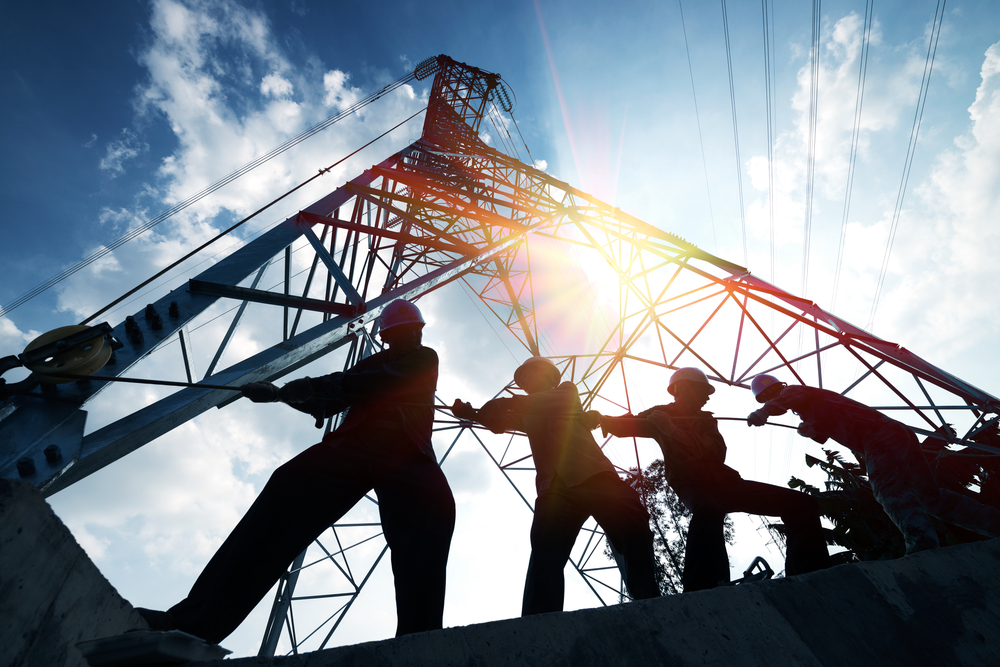Positive Train Control (“PTC”) is an advanced technological safety system designed to stop a train automatically, in certain circumstances.
If you work for a railroad, you have undoubtedly heard of PTC. Whether you are an engineer, conductor or passenger on a fast-moving train, you might take comfort in knowing there are safety systems available that can bring your train to a halt to prevent a collision.
As in most cases where the implementation of advanced technology occurs in business, positive train control is expensive.
Given the substantial cost and complexity of this new technology, the deadline for implementation of PTC nationwide has been extended multiple times. The current deadline is December 2020.
PTC does not work in all cases
PTC cannot automatically stop a train to prevent a vehicle or train collision at a railroad crossing. If you’re on a train and witness a pedestrian on the tracks, you should know that a PTC system cannot automatically stop a train in such circumstances. Also, if there’s a track or equipment failure, positive train control cannot work.
Many benefits regarding safe train travel
If you are working on or traveling on a train, you’ll be glad to know that positive train control can improve safety by preventing train-to-train collisions on a railroad line. This automated braking system can also kick into action if a train is speeding and derailment is likely. PTC can also prevent the train you’re on from entering a work zone.
A constant relaying of information
PTC works by perpetually relaying data regarding train location, movement, speed, authorization, switch positions and more. If you are in charge of braking a train, you might feel more secure knowing there is an automated system in place that can stop the train if you are unable to do so in time to avoid a collision.
It takes numerous telecommunication systems to implement positive train control, such as global positioning systems, cellular and Wi-Fi technology, as well as radio and specialized software. In order for PTC to work successfully, communication between passenger, freight and commuter trains must be made possible.
No system is foolproof
It is not as if you can go to work on a California railroad without any concern of a possible derailment, collision or other workplace accident occurring. Even if the company that employs you has already installed a positive train control system, it does not guarantee that you will never suffer an on-the-job injury.
As a railroad worker, you do not have access to workers’ compensation benefits because railroads operate under the Federal Employers Liability Act. The more you know about the FELA, the better able you will be able to navigate the system if you are involved in a workplace accident or train collision that results in personal injury.

